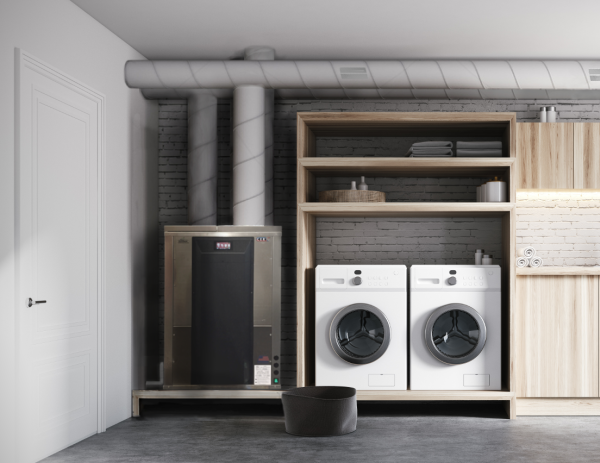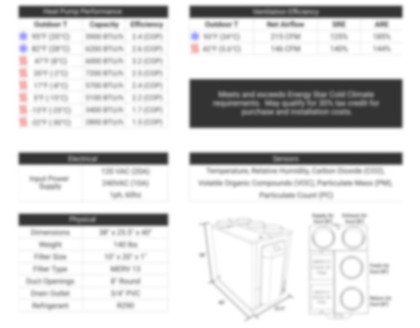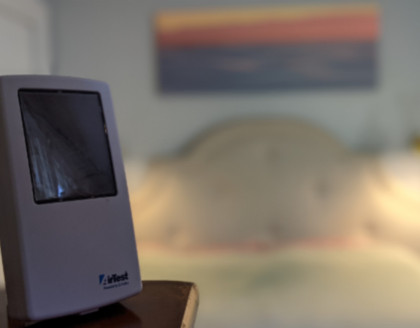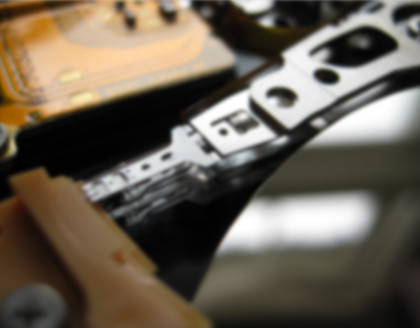Piera Systems' Press Release:
Build Equinox has signed an agreement to market and distribute a new particulate sensor technology developed by Piera Systems. We have been working with Piera Systems for more than a year, collaborating with Environmental Engineering colleagues at the University of Illinois to test Piera Systems sensors in the laboratory and in the field, and we are excited to announce this new IAQ sensing capability.
Stay tuned next month to see how you can get your hands on one!
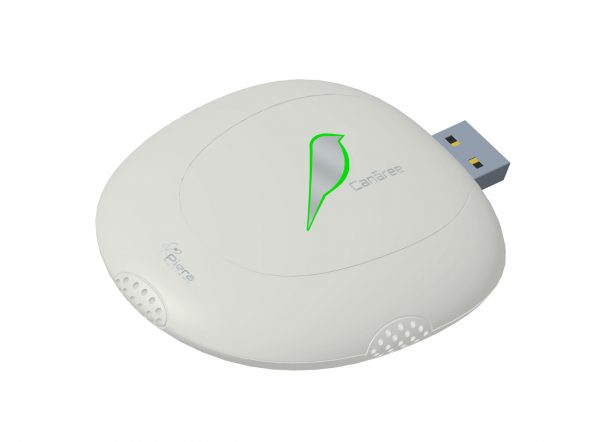
Piera Systems sensor technology is very special because it accurately provides both particulate “count” and particulate “mass” information for 0.1 to 10µm size particulates. No other particulate sensors combine Piera Systems’ capabilities into a cost-effective package for general usage. Laboratory grade sensors costing more than $10,000 have been required to accurately monitoring this range of particulates. Today’s common “2.5µm” and “10µm” particulate sensors lack rigorous accuracy validation and provide only half of the particulate picture.
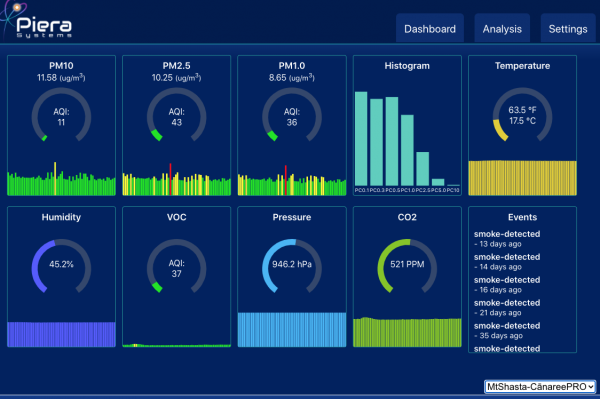
Respiratory aerosols, the ones that make us sick, are primarily less than 1µm in size. “Big particulate” sensors cannot “see” these small particulates. The source of large and small particulates is very different. Cooking, engine exhaust, fossil fuel power plant emissions, and wind-blown dust are primary contributors of big particulates while human respiration, smoke (wildfires, cigarettes and vaping), and human-related activities (simply moving around) are sources of small particulates.
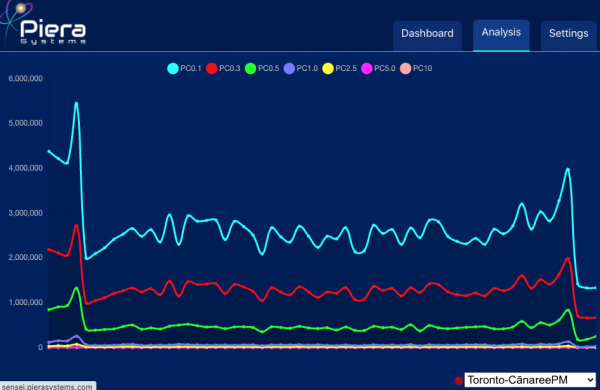
37,000 particulates 0.3µm diameter have the same volume as a single 10µm particulate. A room with 10µg/m3 of particulate mass would have 10 particulates per liter of the big 10µm particulates (assuming a density twice that of water). The same particulate mass per volume with the 0.3µm particulates would have 370,000 particulates per liter! At a breathing rate of 8 liters per minute, 80 big particulates are inhaled in comparison to 3,000,000 small particulates. If these particulates are infectious, which do you think has the greater chance of making you and others sick? Which of these particulates more readily moves into your bloodstream and inflaming your brain, heart and other organs?
One of our findings is that Ty is very dusty! Yes, we have closed Ty in the chamber again. In comparison with Environmental Engineering graduate students, Ty is a prodigious source of submicron particulates. How dusty? Ty’s particulate emissions are 5 times greater than the Environmental Engineering researchers. Ty sheds a whopping 15,000,000 particulates per hour when he is sitting, and a lot more when he’s moving around. Is it because he’s old? Is it genetic? Or is he lacking in personal hygiene?
On the serious side, stay tuned for upcoming newsletters because our collaboration with our University of Illinois colleagues has led to ground breaking results on how the sea of particulates surrounding us enhances airborne disease transmission.


